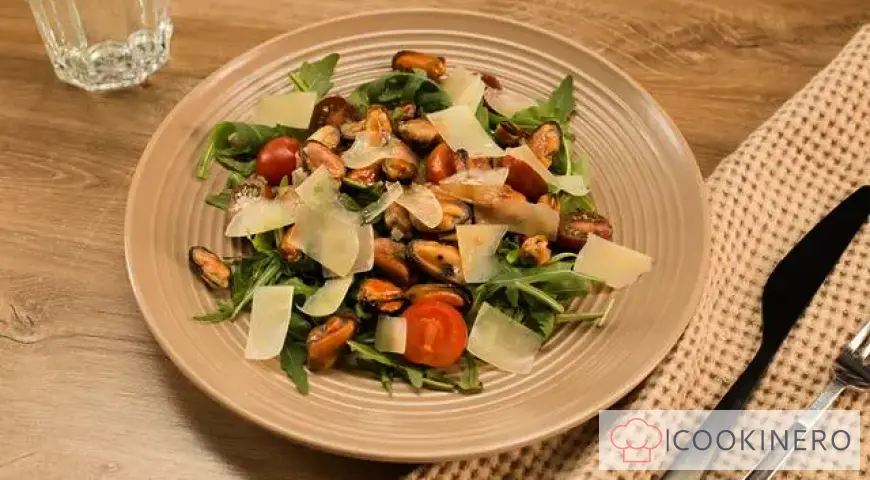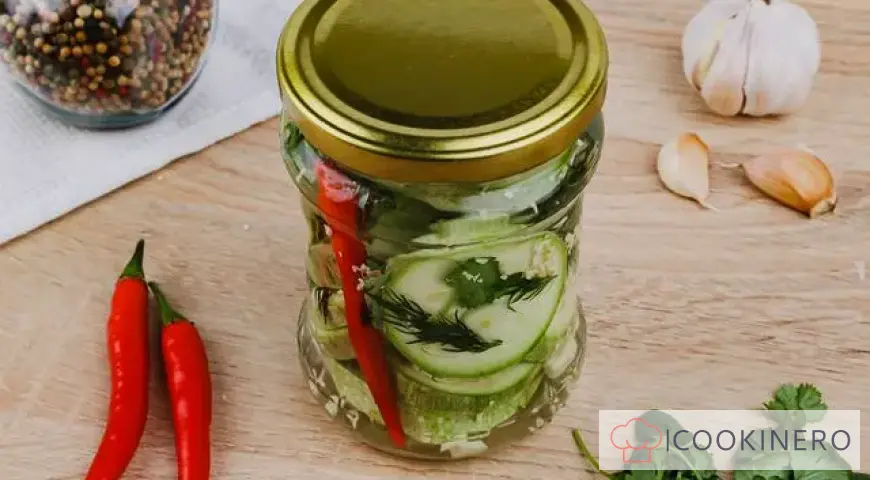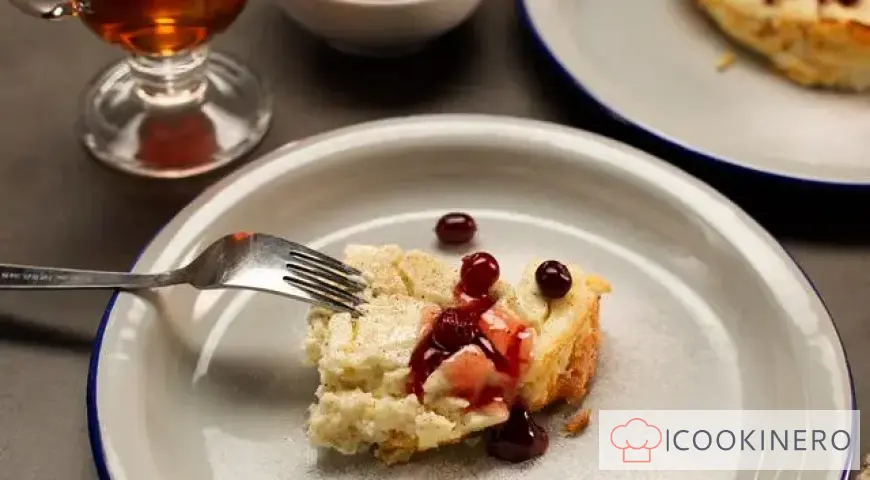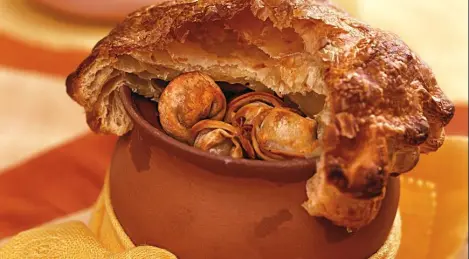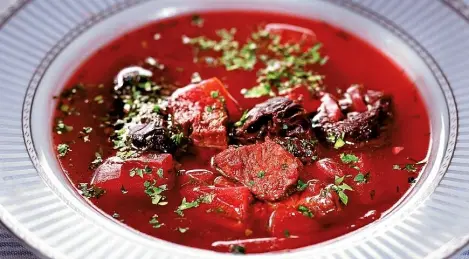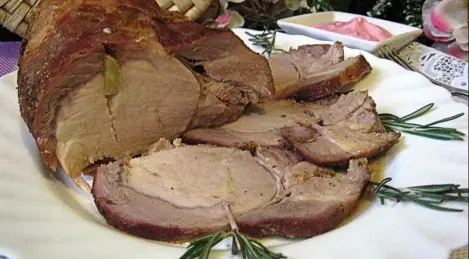Pesto sauce
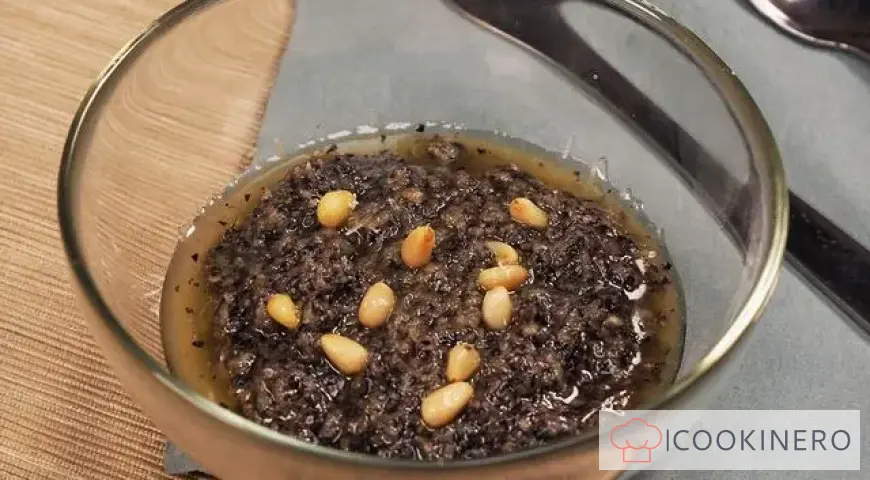
To make classic Pesto, you need a mortar. But today, Italians allow the use of more modern tools. For example, a blender or a chopper. The beauty of Pesto sauce is that you can replace any ingredient in it, but it will not become worse. For example, you can try taking red basil instead of green.
How to cook Pesto sauce
Step 1
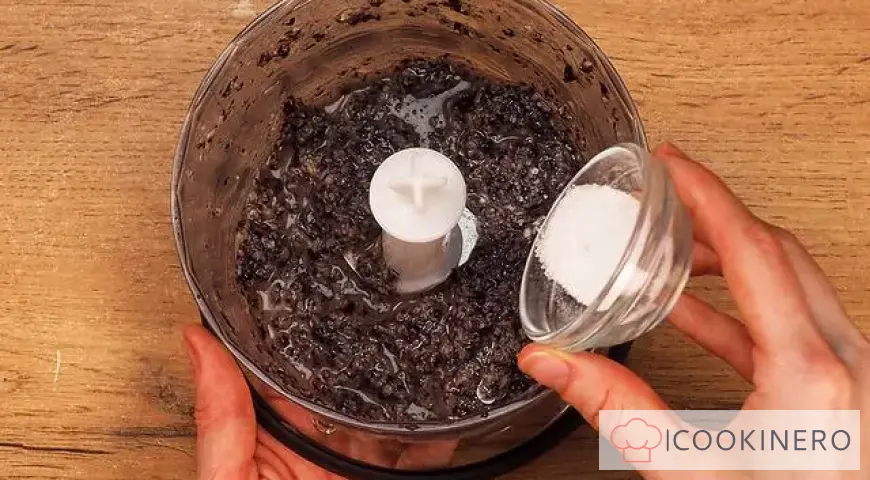
Prepare the pesto sauce. Place the basil, garlic, grated parmesan, pine nuts and olive oil in a food processor. Grind all the ingredients into a paste to make homemade pesto. Finally, add a little salt and mix thoroughly.
Pesto sauce - FAQ About Ingredients, Baking Time and Storage
Reviews: 0
0 Overall ratingHave you already prepared this recipe? Tell what you think.
Write a review
Trending

Armenian Lavash Roll with Stuffing
Perhaps the most versatile dish you can think of is a lavash roll with filling, because you can stuff lavash with whatever your heart desires. Lavash with vegetables, with salad, with canned fish, sweet lavash with cottage cheese. The choice of filli

Khinkal in Dagestan style
Khinkal is a traditional Caucasian dish. It is often confused with such a famous Georgian dish as khinkali. And, although the set of products in both dishes is quite similar, they are nevertheless different. Traditionally, khinkal is prepared on the
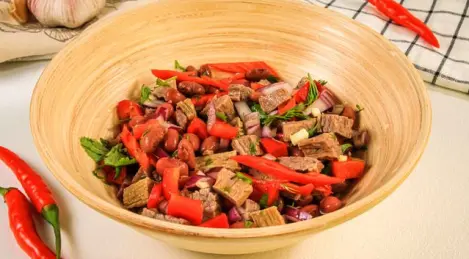
Salad "Tbilisi"
Tbilisi salad is a popular Georgian salad with beef, red beans, sweet peppers, cilantro and walnuts. It is distinguished by its fresh spicy taste, because chili peppers, garlic and khmeli-suneli spices are added to it. The salad is traditionally dres
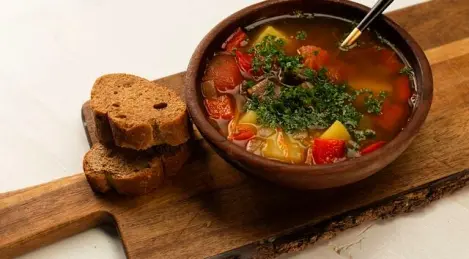
Beef shurpa
Shulum, chorpa, shorpo, sorpa... In different countries, shurpa is called by different names, but it looks about the same everywhere: a rich soup with meat and vegetables. Various herbs and spices can be added to it, or it can be made on the basis of

